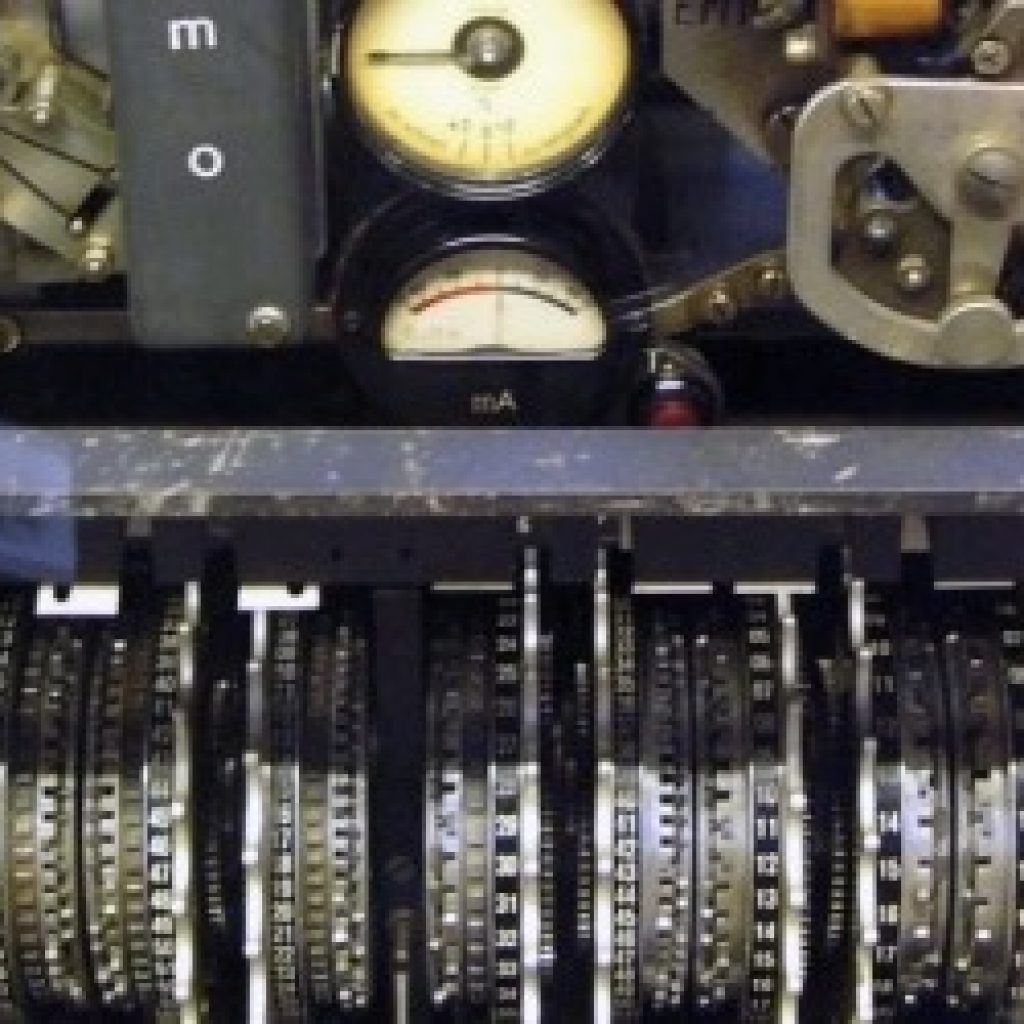(LiveScience.com) Cryptography is the art of writing and solving coded messages, to keep their secrets secure. In the fifth century, enciphered messages were inscribed on leather or paper and delivered by a human messenger. Today, ciphers help protect our digital data as it zips through the internet. Tomorrow, the field may make yet another leap; with quantum computers on the horizon, cryptographers are tapping the power of physics to produce the most secure ciphers to date.
The word “cryptography” is derived from the Greek words “kryptos,” meaning hidden, and “graphein,” to write. Rather than physically hiding a message from enemy eyes, cryptography allows two parties to communicate in plain sight but in a language that their adversary cannot read.
In search of an unbreakable cipher, today’s cryptographers are looking to quantum physics. Quantum physics describes the strange behavior of matter at incredibly small scales. In the 1970s and ’80s, physicists began using this funky behavior to encrypt secret messages, a method now known as “quantum key distribution.”
Quantum keys can be exchanged over long distances through optic fibers, but an alternate route of distribution piqued the interest of physicists in the 1990s. Proposed by Artur Ekert, the technique allows two photons to communicate over vast distances thanks to a phenomenon called “quantum entanglement.” In 2004, researchers transferred 3,000 euros into a bank account by way of entangled photons, Popular Science reported. In 2017, researchers shot two entangled photons to Earth from the satellite Micius, maintaining their connection over a record 747 miles (1,203 kilometers), according to New Scientist. Many companies are now locked in a race to develop quantum cryptography for commercial applications, with some success so far.
Cryptography & Quantum Encryption
